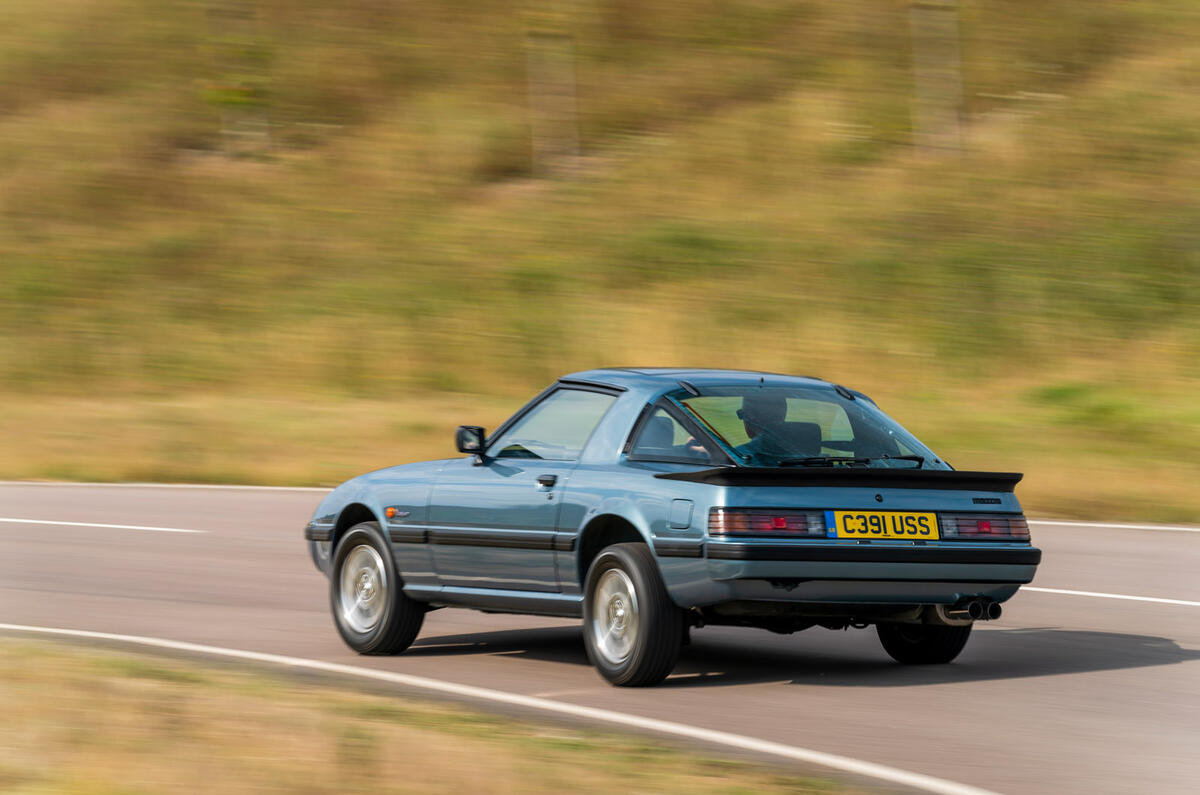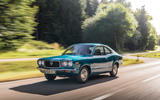Mazda hits 100 this year, which is some achievement given the marque’s history. Not only did it start out never intending to make cars, but its factory is also one of the only car plants in the world to be hit by an atomic bomb. And the company has never had quite the world-beating size and budgets of domestic rivals Toyota, Honda and Nissan.
Despite this, though, the brand has flourished into one of the most innovative car makers of the past century. Of course, it’s best known for its dedication to the Wankel rotary, making the technology work commercially while rivals collapsed under the weight of development costs and warranty claims. Yet there’s so much more to Mazda than this – as we’re about to discover.
To celebrate, we’ve thrown a birthday bash of sorts. We’ve driven some of Mazda’s finest cars of the past 100 years, delved deep into the firm’s unconventional beginnings and taken time to pick out some great used buys. Hopefully that should make up for not getting a telegram from the Queen.
This is the machine that put Mazda firmly on the sports car map and established a long line of great driver’s cars that continues to this day with the MX-5. It was also the firm’s first car to feature a Wankel rotary engine, the novel powerplant that would become synonymous with the brand over the following decades.
The curvaceous Cosmo was launched in 1967 and followed the traditional racer-for-the-road template of a two-seat layout with a front engine and rear-wheel drive. This beautifully restored example is a Series II, which had its debut in 1968 and featured a host of upgrades, including a more powerful 128bhp (up from 110bhp) version of the 10A 982cc twin-rotor engine that revved to 7500rpm, along with a five-speed manual gearbox, larger 15in wheels and a now powered disc and drum braking set-up. The wheelbase was also stretched for greater interior space, plus the grille was made larger for improved engine cooling.
Both the original and the second-generation cars look like proper Italian exotics, although all the design work was done in-house at Hiroshima. It’s neat and delicate with exquisite details, such as the faired-in headlights and the rotary-shaped badge at the front.






































Join the debate
Add your comment
What a brilliant article Autocar, thankyou!
I have always been a fan of Mazdas, but foolishly never got around to owning one. When I was growing up there was a blue RX7 near where I lived. It was a thing of beauty, I loved it. I think if I could have any car for a "toy", to take out of the garage and just have fun, I would ignore all the Ferraris, Porsches and McLarens. That Mk 1 MX5 would be perfect. The combination of cheapness, simplicity and pure driving fun would be unbeatable.
I like Mazda's ordinary hatches as well, particularly because most are naturally aspirated as opposed to the more common downsized turbo, I just prefer how naturally aspirated engines perform.
Not sure if I'd ever go for a rotary unless I had a surplus of money, as I'm sure they'll be very expensive to own and run.